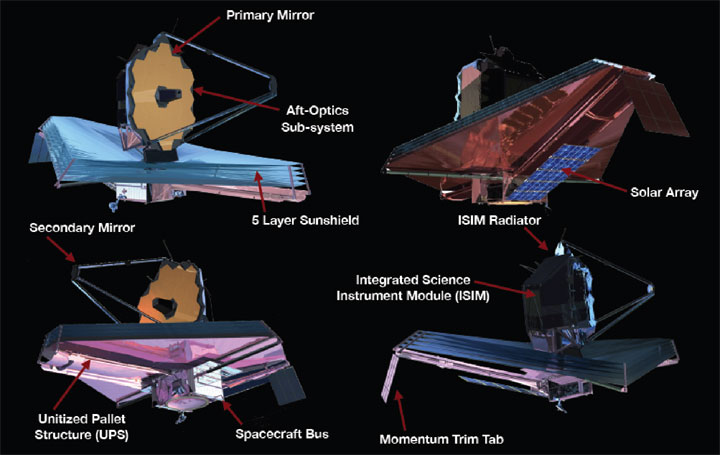The fact that Congress actually agreed on something is a win in itself, but with the spending
budget comes shifts in how that money is distributed. The scientific community is divided in terms of approval of the appropriation, with some departments seeing increases and others seeing cuts.
 |
| Picture from NASA on Wikimedia Commons via pubic domain |
NASA came out as an unexpected winner in the budget with $17.65 billion granted until September 2015, which was an $800 million increase over last year and much higher than the $16.1 billion that estimates had suggested. The bill also established specific allotments for various projects: the James Webb Space Telescope (a collaboration between NASA, ESA, and CSA set to launch in 2018) will get $8 billion, programming for a mission to Europa will get $80 million for planning, and the Orion and Space Launch System will get a total of $3.1 billion for transporting astronauts.
Unfortunately, the NIH wasn't so lucky. While it will receive $29.9 billion, $1 billion higher than during the sequester, it's still $714 million below what it was pre-sequester. It also doesn't help that when adjusting for inflation, the allotment is lower than it was in the early 2000s, and this is starting to put us behind the 8-ball on medical research. The National Institute of Aging got an $80 million increase, which will help support research for Alzheimers', but beyond that, medical research got the short end of this stick.
And in a perfect world, the defense budget would go toward battle wound treatment and mental health programming, but I digress.


No comments:
Post a Comment